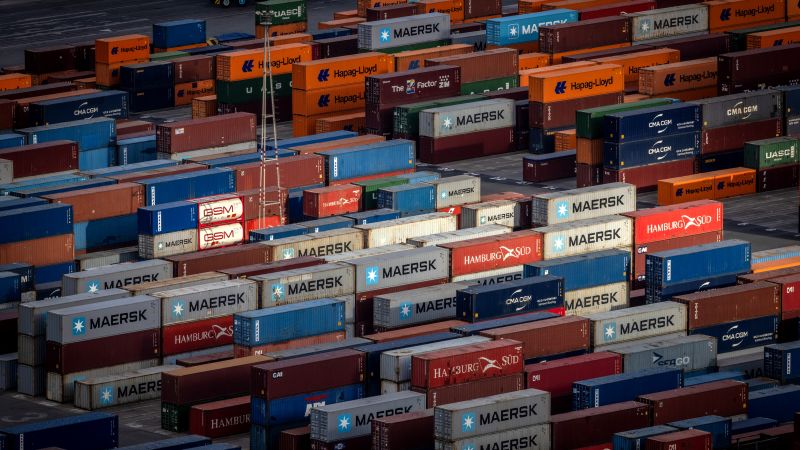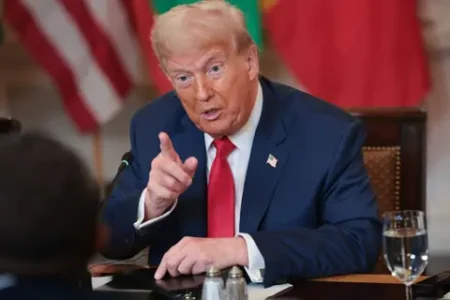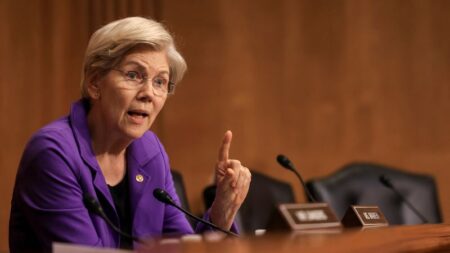President Donald Trump recently escalated tensions in global trade by threatening to impose a hefty 30% tariff on imports from Mexico and the European Union. This action, revealed in two letters he published on social media platforms over the weekend, marks a notable increase in the trade disputes he has initiated since assuming office in January. By implementing these tariffs, Trump aims to alter trade dynamics, asserting that the U.S. has been on the losing end of trade agreements, particularly with these two key regions.
In a correspondence addressed to Ursula von der Leyen, who serves as the president of the European Commission, Trump underscored the U.S.’s commitment to fostering balanced trade relations despite the notable trade deficit that the nation shares with the EU. In his remarks, he communicated a willingness to work cooperatively but emphasized that this cooperation must come under the premise of fairness and balance in trading terms. He articulated his demand for restructured trade deals that he believes will correct longstanding inequities.
The imposition of tariffs is set to commence on August 1 and expands upon Trump’s previously issued tariff proposals, which had rates reaching as high as 40%. In correspondence to the leaders of the EU and Mexico, he made it clear that these tariffs apply to all products entering the U.S., with the exception of certain “Sectoral Tariffs,” including a 25% tariff specifically designated for automobiles. Such sweeping measures exemplify Trump’s aggressive strategy to use tariff threats as leverage in negotiating trade agreements, a tactic he has frequently employed throughout his presidency.
Historically, Mexican products have enjoyed duty-free entry into the U.S. market, contingent upon compliance with the United States-Mexico-Canada Agreement (USMCA), a pivotal trade deal that Trump championed during his first term. However, in his communication with Mexican President Claudia Sheinbaum, Trump reiterated a previous rationale for instituting tariffs, citing a need to combat the surge of fentanyl trafficking from Mexico into the U.S. His firm stance highlighted that while Mexico has contributed to border security efforts, he believes their actions thus far fall short of what is required to safeguard American interests.
In addition to these remarks, Trump cautioned that any retaliatory tariffs imposed by other nations in response to U.S. measures would trigger a reciprocal response from the United States. He proclaimed that whatever increases in tariffs foreign countries enact would be added to the 30% levy he plans to impose, thus amplifying the economic stakes for U.S. trading partners.
Criticism of the EU has also been a recurring theme in Trump’s trade policies, with particular emphasis on the value-added taxes and digital services taxes employed by several EU member states. Such taxes are levied on the gross revenue generated by online operations catering to users, and Trump has argued that these practices unfairly burden American companies. His administration contends that these taxation measures hinder negotiations, asserting that the EU has not engaged in good faith discussions aimed at resolving trade disparities.
Moreover, Trump’s threats of hefty tariffs extend even to Canada, where he recently signaled his intention to implement a 35% tariff on select Canadian goods. Such actions suggest that Trump’s trade policy is not restricted to any single geographic region; rather, he appears intent on recalibrating trade relationships across the board. The previous 20% tariffication of goods from the EU showcases a significant uptick in economic penalties, which may have deep repercussions for both domestic and international markets.
As these developments unfold, the international community is left to grapple with the potential fallout from Trump’s trade policies. The ongoing negotiations and threatened tariffs emphasize the precarious nature of global trade in the current political climate. This story is still developing, and updates will continue to shed light on how these tariffs may reshape international trade dynamics in the months to come.










